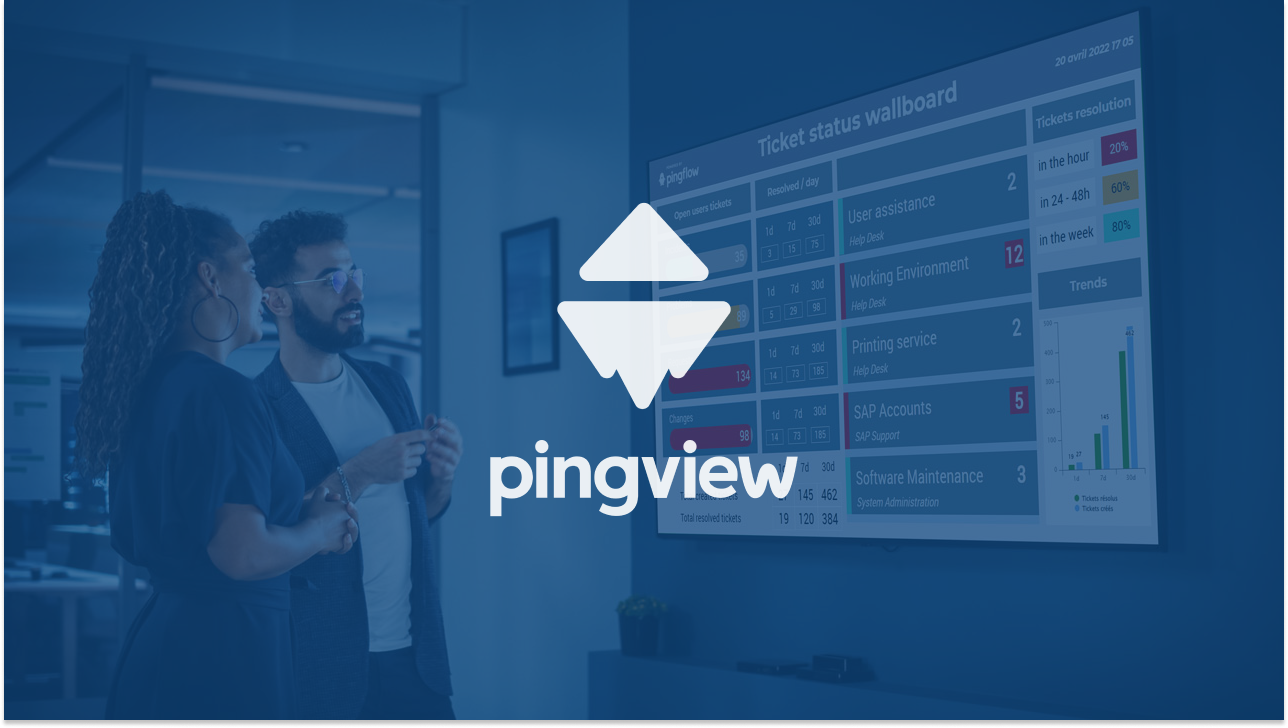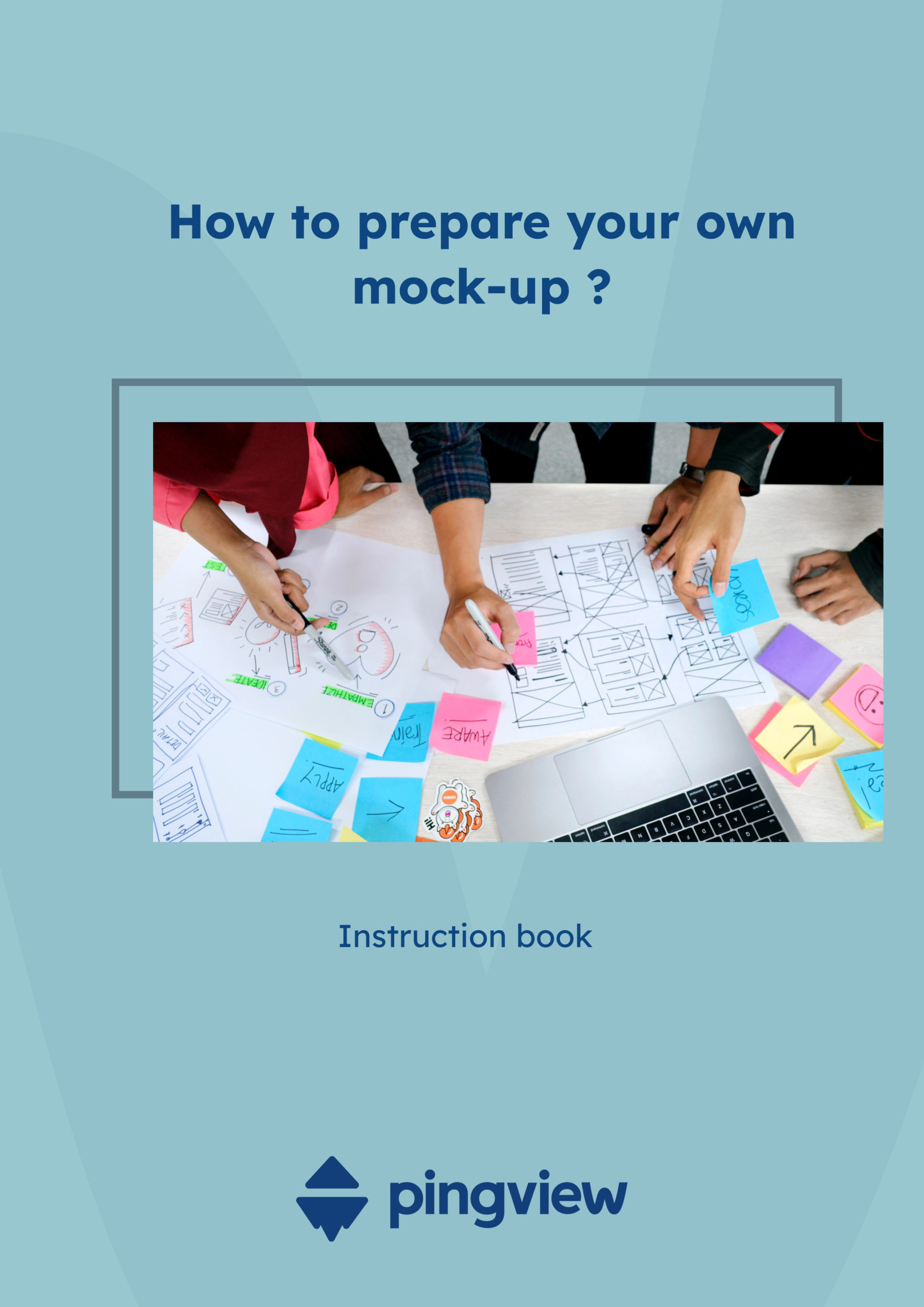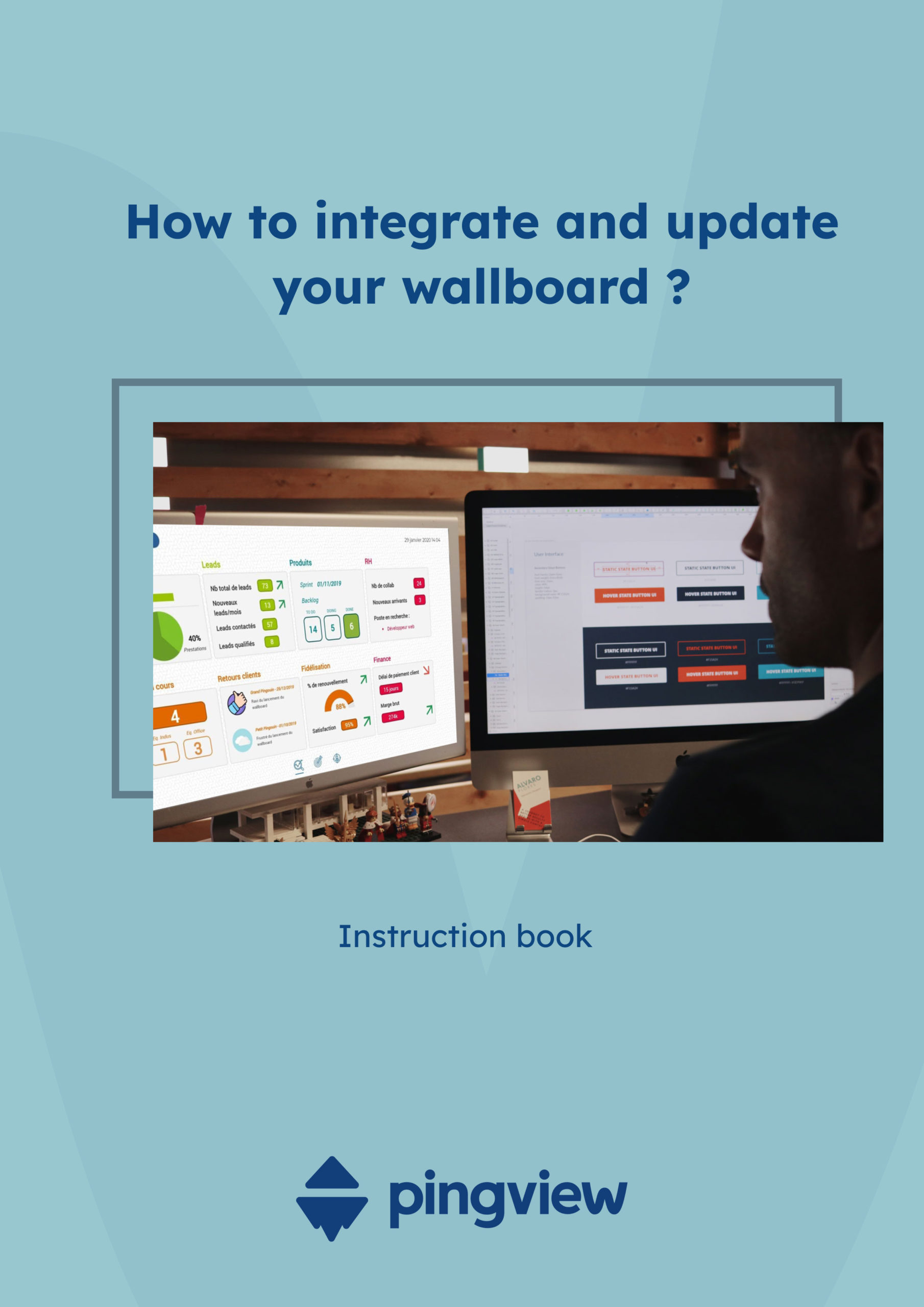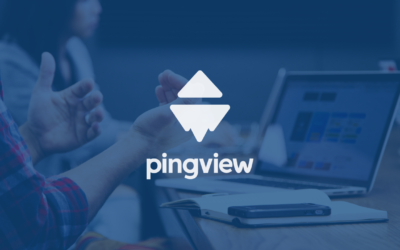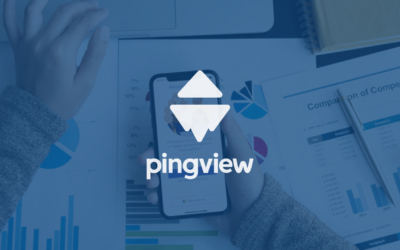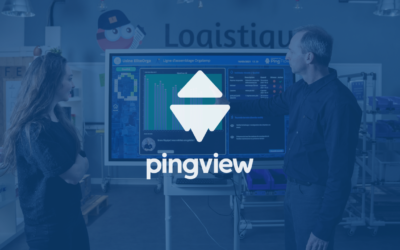That’s it, you’ve decided? You are going to launch visual management for your teams and are thinking about designing a dynamic wallboard. Great! This can be done in a relatively short time…if you have good organization and preparation for the road ahead.
For that start with these steps:

Step 1 : Integrate all stakeholders from upstream
Typically, the stakeholders are:
- the project manager / business expert responsible for piloting the design of the wallboard: this can be the team manager, or a project manager in charge of the organization,
- representatives of target users, the first to be affected by the daily use of the wallboard,
- a representative of the IT department or the IT department.
The latter shouldn’t be neglected during this phase, they are the team which will be able to validate the feasibility of data collection and help write an acceptable technical specification. Please keep in mind other factors that may affect data access like security, safety, and IT workload. The goal? Smooth out early the difficulties that are sure to occur down the road
Step 2 : Define your expectations
What will this wallboard bring to the team? The different use cases detailed in our previous whitepaper (managing the activity of a logistics or production unit, informing employees, leading operational meetings, etc.) will have an influence on:
- the type of screen (s) to use (large screen on the wall or touch screen), their location (break rooms, factory, meeting room, etc.), and remote access needs (e.g. via PC, tablet and integrated into a collaborative application such as Microsoft Teams),
- the type of indicators and content to be included in the wallboard,
- the data and solution to be connected to automate the update,
- the design of the wallboard (hierarchy of information and formatting).
With the project team, the objective is therefore to establish a sort of “wishlist” of what your screen should contain.
And to clearly define the expectations:
- Is it about modernizing existing but optimizable processes (for example, going from paper monitoring of KPIs to a digital format)?
- Or are you planning more for a deeper transformation, with new methods (team leadership, project monitoring, operational efficiency management, etc.) ?
Step 3 : Layout your screen
On a simple sheet of paper, a Powerpoint, a spreadsheet or a prototyping application like Figma … it doesn’t matter: since it is about visual management, this step is essential to project yourself in the future wallboard.
What to do at this stage?

An expert like Pingflow must be able to support you in this process. Either by offering you models to adapt to your needs, or by “challenging” you on your first drafts… or both! Thanks to these exchanges between your project team and the service provider who will configure your wallboard, you will go from a somewhat crude model to an almost finished design, which will specify in particular:
- In what form the information will be displayed: where on the screen, according to which visual format (histogram, curve, table of figures, etc.) with which color codes …
- What orders of magnitude are determined: the lowest and highest value of an indicator, but also thresholds from which we go, for example, from mediocre to correct, from correct to good or excellent, etc.
- Technically to which data source (s) we will connect the wallboard to retrieve up-to-date information, and in what file format it will be.
Step 4 : Connect your data
Once the prototype is completed, we enter the pre-production phase. Concretely, it will be a question of configuring the various connectors ensuring the transit of your source applications to the wallboard, so that the latter always show up to date information.
At Pingflow, our technical teams then take over and interface with your IT team to import data and test the proper functioning of your future screen.
By example, here are the main types of applications and files that our software solution (Pingview) is able to process for distribution in a wallboard, either by connecting them through an API (Json, Rest and simplified connectors to Microsoft 365, Google, Yammer, Facebook …), or by calling a database (Microsoft SQL Server, MySQL, SQLite):

Step 5 : Launch and train !
Several options are available to you (and should be taken into consideration from the start of the project) to launch the wallboards to your teams:
- a new dedicated or even touch screen
- a pre-configured display player (to be connected to the HDMI port of the screen)
- an existing screen (which we can connect to the Internet with our PingPlay boxes)
- a mobile support (PC / tablet) accessible remotely or in your office (possibility of integration into Microsoft Teams)
Of course, these options can be combined.
Whatever option you choose, the goal is for your team to take ownership of the wallboard, and use it in total autonomy. It is therefore necessary to provide training time in the administration of the interface.
Step 6 : Evaluate and iterate
Unless you have visual management experience, and know exactly what you want, there will potentially be changes needed to your wallboard. Changes that will only become clear after a period of use:
- indicators not fully adapted, or reading not clear enough,
- new or missing information,
- new distribution points to be created, etc.
At Pingflow, we therefore recommend a review after a few weeks (2 months is usually a good timing) to make the necessary adjustments to your wallboard.
